Photographing stars can be very difficult to master due to long exposure times and the limitations of some digital cameras. However, the easy to follow video tutorial Ben Canales has made, that you can watch below, helps to take out a lot of the guesswork when it comes to proper exposure. Canales also goes over a couple different cameras and what you can expect of them. If you’ve been meaning to learn about this fascinating photography genre, this is a great place to start. Take a look:
First things first, Canales instructs us to take a variety of sample shots to find areas which have unwanted light pollution and see if there are any lingering or passing clouds that may be difficult to see with the naked eye in the middle of the night; both of which we can use to establish composition. For his sample shots Canales sets his camera to it’s lowest aperture setting, the highest ISO, and an exposure time of 30 seconds. He recommends overexposing the samples so they are brightly lit, making it easier to evaluate.
Here is an example of one of Canale’s sample shots:
For your final shots, you will want to make sure you camera is set to capture RAW images and leave your aperture wide open. He prefers to keep his ISO in the 3500 to 4000 range for his final images. Exposure time will vary, but Canales prefers to set his Canon 5D Mark II at 30, which is it’s highest shutter speed before switching over to the bulb setting. A rule of thumb for photographing stars is to divide 600 by the focal length of your lens; the result is the amount of seconds you should expose. For example, Canales shot on a 20mm lens, so he divided 600 by 20 to get 30 seconds. This rule of thumb will let you avoid the stars tracking, or streaking across your photograph as they move through the sky. It’s a pretty handy equation to keep in the back of your mind.
The above photograph was one of Canale’s final images he shot during the making of the video, which goes to show you that using a fairly basic setup, you can get some great star photographs.
Like This Article?
Don't Miss The Next One!
Join over 100,000 photographers of all experience levels who receive our free photography tips and articles to stay current:



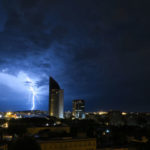
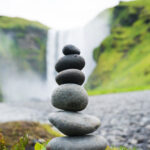
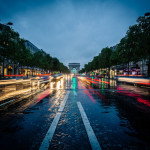
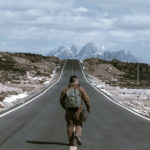
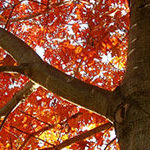
Mt. Rushmore on a tour in about 2 weeks(day and night) along with a tour of Yellowstone. I have a Nikon D7100. Being on a tour and not knowing how much set-up time I will have prompted me to ask about places in the parks and camera settings to advance the time I have for set-up.
Great information going out to night to try this.
Thanks again!
Great video and tips for taking photographs of a starry night sky. Thanks and looking forward to more tutorials.
Kind of strange to take my tutorial and regurgitate it in a blog format.. would you mind linking to my Facebook page? I’m using that more than the website these days.
Thanks!
https://www.facebook.com/thestartrail
With regards to Jim’s question, if you don’t have a remote you can always set the camera’s self timer to release the shutter in either 2 or 10 seconds. That way you can hit the shutter, remove your hands from the camera, and then the camera will shoot 2 or 10 secs later.
Really informative and easy to understand for a novice like me. Thank you! Please do more!
Thanks for the article. I enjoyed watching the video and learning about how to photograph stars:)
~ Judy
Really enjoyed the video. Very informative and can be used regardless of what level of a photographer you are. Looking forward to more instructional videos from Ben!
Great article. Very informative and I will try the technique outlined. I have a question though. When firing the camera at 30 seconds did the author use a remote to minimixe shake. What settings did the author use to minimize the effects of the internal moving parts of the 5D that I might duplicat on my 60D. Thx
Interesting article, strikes just the right balance of technical and informative aspects. Truly enjoyed it. Thanks for sharing.